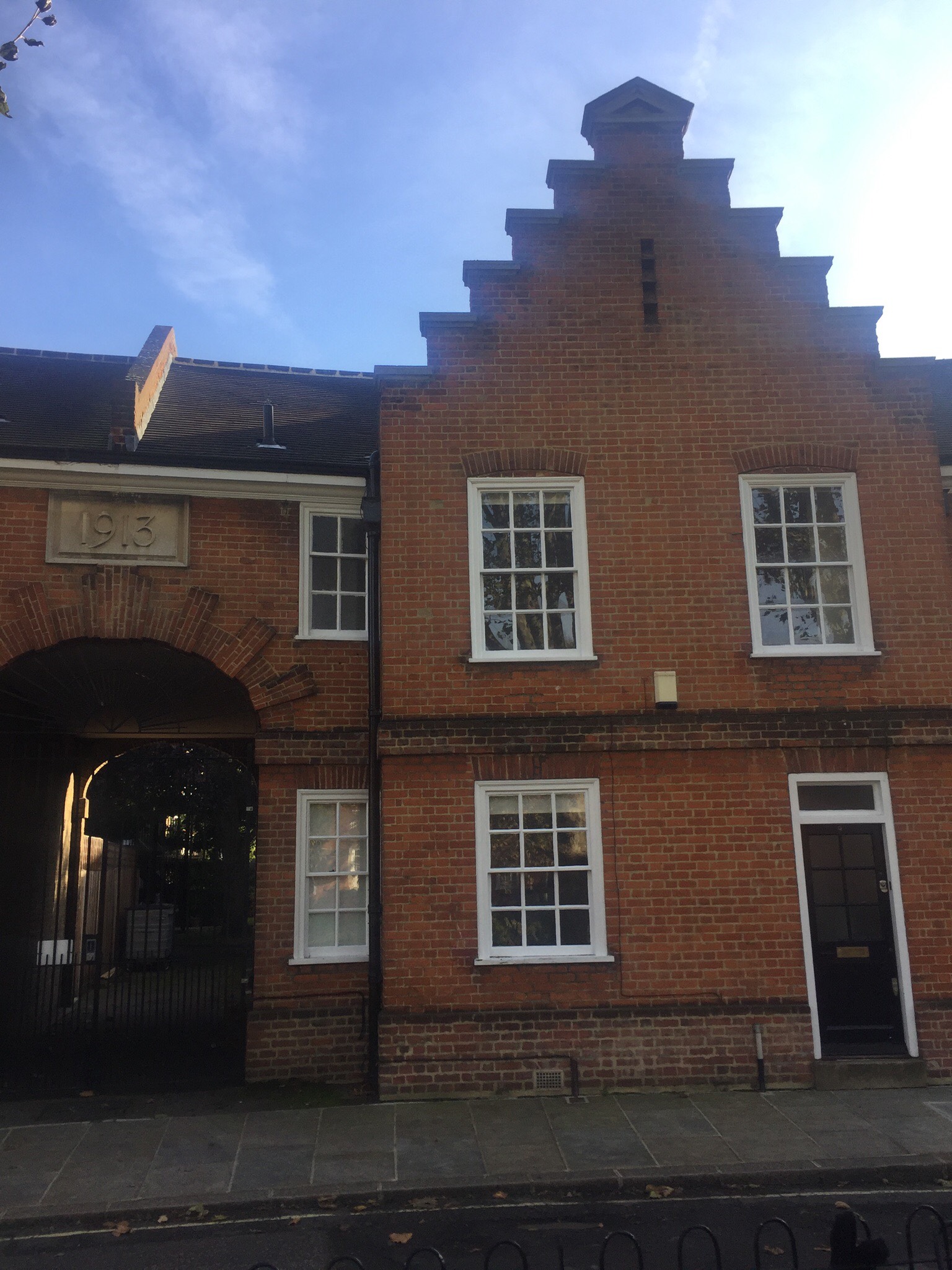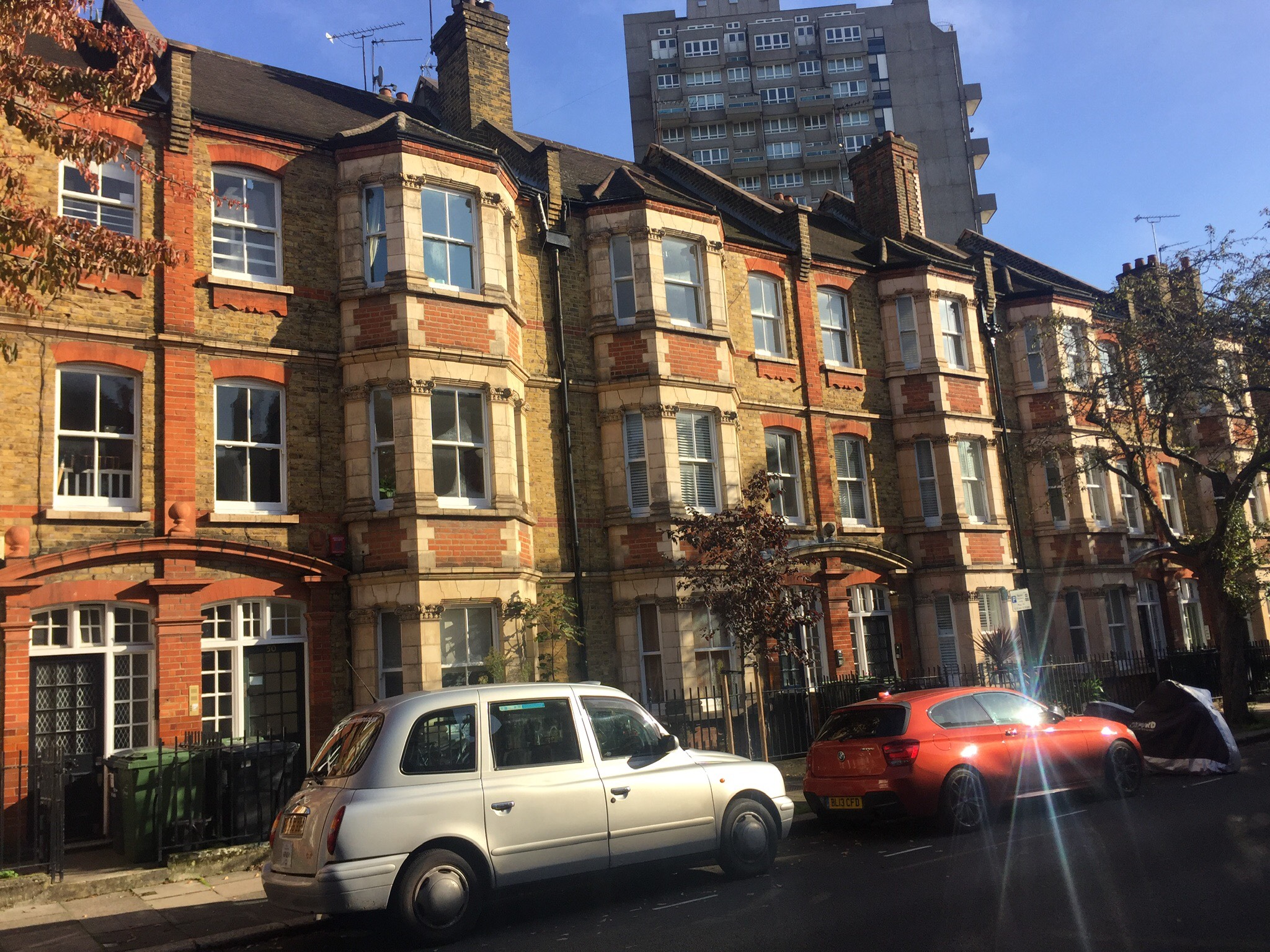Ok boys and girls, move your chairs up. We’re about to tell about the recent history of the Duchy of Cornwall Estate in two petite, pop up pieces. The first covers the development of the area in Kennington and Vauxhall from 1890 to 1914; the second covers the era between the wars. For the unaware, the Duchy is one of the titles of the Prince of Wales, which is why you can see his heraldic badge popping up around the area. We’ve included a few pics of what we are writing about the bottom, and we have more on our Instagram page.
The modern history of the Duchy Estate commenced in the 1890’s when many middle class folk were abandoning our area. Kennington had not escaped the exodus of people to greener and cleaner areas in the suburbs, and most of the housing stock had become very run down. The Duchy was concerned about the conditions in which many of our predecessors lived, and a start was made in 1893 to create modern, cleaner tenements. These first edifices were social experiments and still very much exist in Chester Way, the Duchy Arms end of Courtney St, bits of Newburn St, and Kennington Lane among other places.
In 1909, following a tour of housing estates in Germany, Stanley Adshead proposed further development of the Estate as more land became available. His idea was to draw middle class people back to our area, but the Duchy resisted as it felt it had a much more noble obligation to re-house existing tenants, mostly the old and working poor who were living in very substandard conditions. What they agreed on and what we still see today reflect a compromise. The houses on Denny Street (where you can see the German gabled influence of Ashtead’s travels), Cardigan St, and the bottom of Courtney Street were then created not for the destitute, but for older people and working families who deserved something better. A new and revolutionary kind of tenement was also erected, now called Woodstock Court, set around a central courtyard.
In designing some of the homes of this period, Ashtead was influenced by the Georgian houses in Kennington Road, which by that time were well over 100 years old. As an urban neighbourhood he appreciated the scale and feel of being in a town, as opposed to the rustic terraces inspired by Victorians like William Morris, and his small squares remain an influence. One of his last projects was St. Anselm’s Church in Kennington Cross. Work was commenced and then paused in 1914 due to the war, not to be resumed until 1933. You can see the pause in the brickwork about 16 feet on the side of the building. And this, reader, is where our story itself pauses.
In our next atom of archival architecture we will move through the first world war and up to the second, and focus on the estates in Oval and further into Vauxhall.
If you would like some more insight into the Duchy of Cornwall Estate check out this documentary on YouTube. If you have a poor attention span like us scroll to minute 41 where they talk about Kennington, Vauxhall and Oval. You might even see your own home!




Thank you for this very interesting piece!
Fascinating. Really enjoyed reading this well-researched little article. More of these, please!
Great. It of history thank you so much.